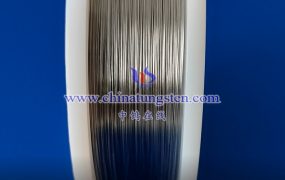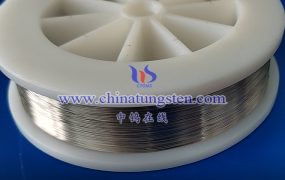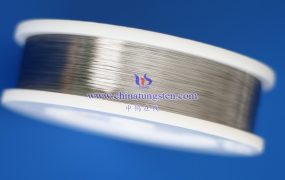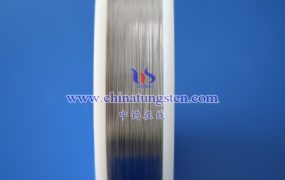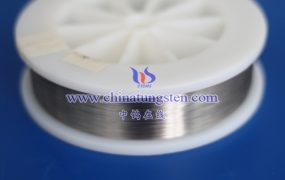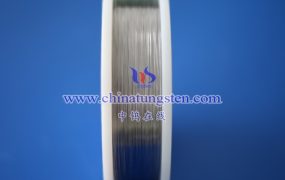Tungsten wire can be used in fiber-reinforced composites. The following is a detailed explanation of this view:
- Physical properties of tungsten wire
High strength: Tungsten wire has high tensile strength and can withstand large external forces without breaking easily.
High hardness: Tungsten wire is also very hard, which makes it have good wear resistance and scratch resistance.
High melting point: The melting point of tungsten wire is very high, and it can maintain stable performance in high temperature environments.
Good toughness: Tungsten wire also has a certain toughness and is not easy to break when it is impacted or vibrated.

- Application of tungsten wire in fiber-reinforced composites
Toughening effect: Tungsten wire, as a reinforcing fiber, can significantly improve the toughness of the composite material. When the composite material is subjected to external force, tungsten wire can absorb and disperse energy, thereby preventing the expansion of cracks and the breakage of the material.
Improve strength: Due to the high strength characteristics of tungsten wire, it can be used as a reinforcing phase to improve the overall strength of the composite material. This enables the composite material to withstand greater loads and harsher working environments.
High temperature resistance: The high melting point of tungsten wire enables the composite material to maintain stable performance in high temperature environments. This is very important for applications that need to work in high temperature environments.
- Preparation method of tungsten fiber reinforced composite materials
Powder metallurgy method: After mixing tungsten filaments with matrix materials, sintering is carried out through powder metallurgy process to prepare tungsten fiber reinforced composite materials. This method is suitable for preparing short tungsten fiber toughened tungsten-based composite materials.
Chemical vapor deposition method: Deposit matrix material on the woven tungsten filaments to prepare long tungsten fiber toughened tungsten-based composite materials. This method can prepare composite materials with continuous fiber structure.
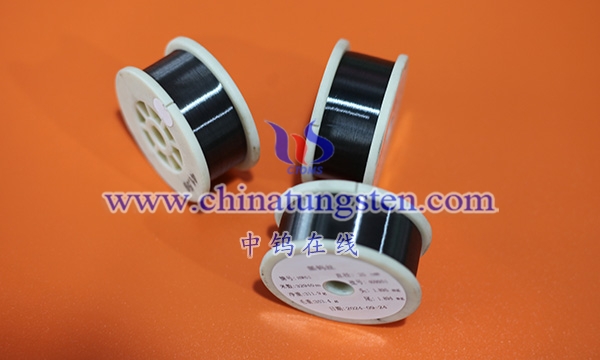
Chemical vapor infiltration method: Similar to chemical vapor deposition method, but the gas can be guided into the interior of porous materials to achieve the purpose of densifying the material. This method is suitable for preparing high-density composite materials.
- Application fields of tungsten fiber reinforced composite materials
Aerospace: The aerospace field has extremely high requirements for the strength and high temperature resistance of materials. Tungsten fiber reinforced composite materials can meet these requirements, so they are widely used in structural parts and thermal protection systems in the aerospace field.
Nuclear fusion device: In nuclear fusion devices, plasma-facing materials must have excellent thermal conductivity and thermal shock resistance as well as low sputtering yield, low activation, low vapor pressure, and high melting point. Tungsten fiber reinforced composites are one of the ideal candidate materials due to their high melting point, high strength, and good toughness.
Other industrial fields: In addition to aerospace and nuclear fusion devices, tungsten fiber reinforced composites can also be used in other industrial fields that require high strength, high wear resistance, and high temperature resistance, such as metallurgy, chemical industry, and marine engineering.
More details of tungsten wires, please visit website: http://tungsten.com.cn/tungsten-wires.html
Please contact CHINATUNGSTEN for inquiry and order of tungsten needles:
Email: sales@chinatungsten.com
Tel.: +86 592 5129595
